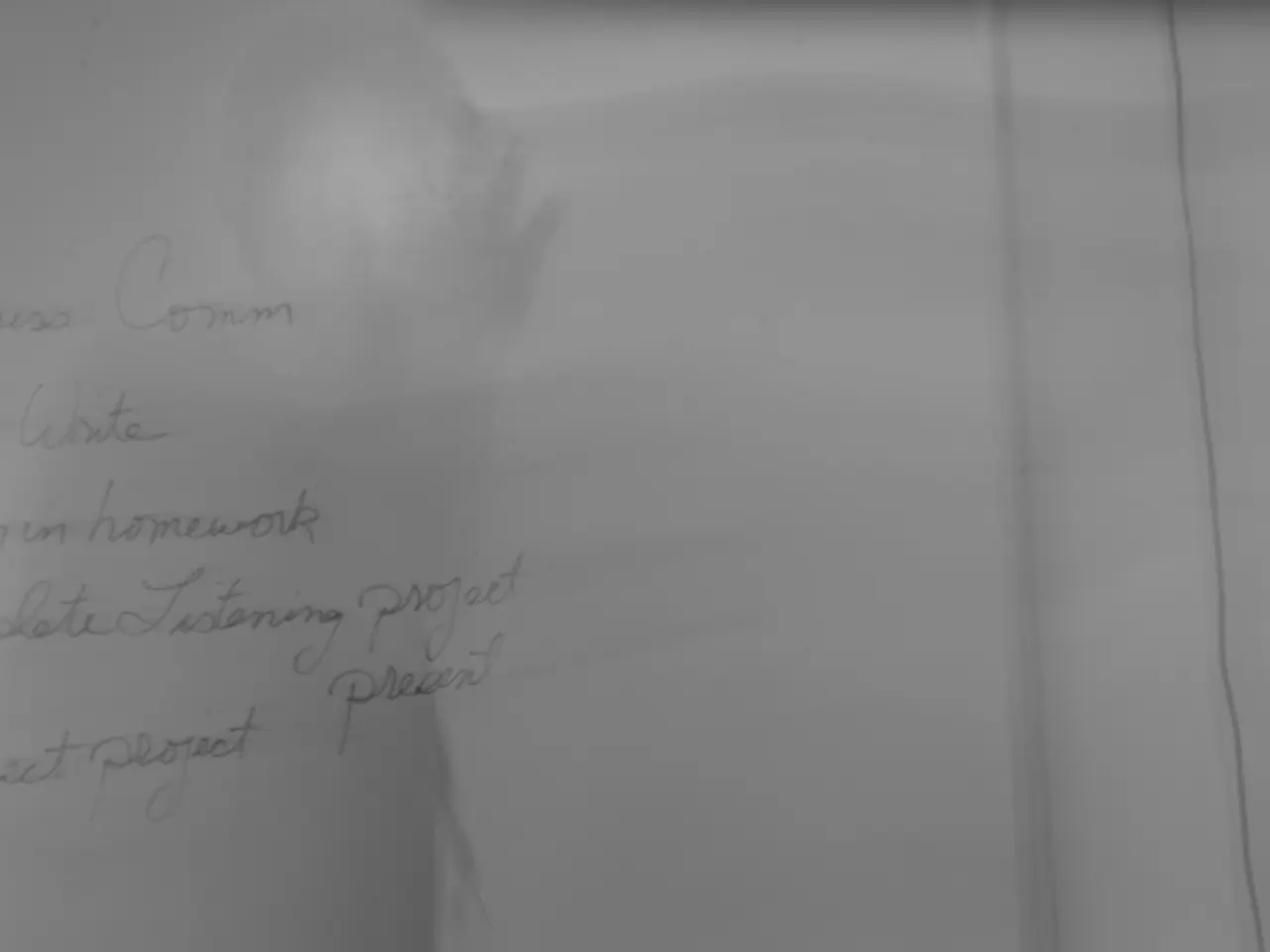Understanding Our Drives: Delving into the Science of Motivation
In the realm of human behaviour, motivation plays a pivotal role, driving our actions and fuelling our persistence in the face of challenges. Unlike artificial intelligence models, human motivation is biologically and psychologically grounded, anticipating rewards and propelling us forward.
This article explores key practical motivation strategies that engage and enhance the human motivation system, leveraging psychological principles to boost productivity and well-being.
---
**Starting Small and Breaking Goals into Smaller Steps**
One effective strategy is to start with small, manageable tasks. This approach reduces cognitive and emotional overload, making the initial steps easier to take. By breaking larger goals into concrete, incremental milestones, individuals transform an intimidating endpoint into a series of achievable steps.
Each small success builds confidence and reinforces belief in one’s ability to achieve larger outcomes, a positive cycle that encourages persistence. Regular monitoring of these micro-achievements allows for adaptive adjustment, keeping individuals engaged and responsive to obstacles.
---
**Using Rewards**
Rewards, both intrinsic (satisfaction, pride) and extrinsic (treats, recognition), activate the brain’s dopamine-driven reward system. This neurochemical response not only heightens immediate pleasure but also strengthens the association between the action and the outcome, increasing the likelihood of repetition.
Incorporating rewards at key milestones keeps motivation fresh, sustaining enthusiasm and preventing burnout.
---
**Visualization**
Visualization—imagining the successful achievement of a goal in vivid detail—engages emotional centers of the brain, making the goal feel more real and personally significant. This can increase intrinsic motivation by connecting the goal to deeper values and desires, not just abstract outcomes.
By mentally rehearsing success, individuals prime themselves to recognize opportunities, anticipate challenges, and respond resiliently. Positive self-talk and affirmations, often paired with visualization, further boost confidence and focus, counteracting self-doubt and anxiety.
---
**Synergistic Effects**
When combined, these strategies create a powerful motivational ecosystem. Starting small and breaking goals into steps provide structure and achievable milestones. Rewards reinforce progress and sustain effort. Visualization and value alignment deepen emotional investment and resilience.
This integrated approach not only drives immediate action but also cultivates the habits and mindset necessary for sustained achievement, even when faced with setbacks or ambiguity.
---
Simple, proven hacks such as starting small, rewarding progress, visualizing success, and sharing goals can effectively "hack" the human motivation system to enhance productivity and well-being. These strategies, grounded in neuroscience and psychology, offer practical tools for individuals seeking to optimise their motivation and achieve their goals.
- By harnessing the power of rewards, both intrinsic and extrinsic, when reaching key milestones, individuals can leverage the brain's dopamine-driven reward system, fostering a stronger connection between actions and outcomes, and ultimately boosting mental health and overall well-being.
- Incorporating visualization, a technique that involves imagining the successful achievement of a goal in vivid detail, can tap into emotional centers of the brain, increasing intrinsic motivation, aligning goals with deeper values, and improving one's ability to respond resiliently in the face of challenges, thereby enhancing both health-and-wellness and mental-health.




